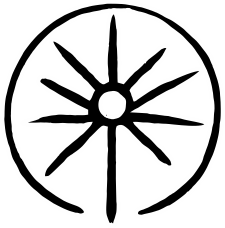1. Anatomy of Knowledge
Diagnostic mapping of how information and memory circulate.

Living systems of knowledge and memory. We design, rebuild, and activate institutional architectures so information becomes structure—and structure becomes meaning.
Structure before content. We read how knowledge circulates before proposing forms of organization.
Context before models. We design from local conditions, not imported templates.
Coherence before efficiency. Systems that read themselves clearly last longer than those that move faster.
Relation before technology. Digital tools matter only when the logic beneath them is alive.
Continuity before closure. Every system we build must evolve without us.
Diagnostic mapping of how information and memory circulate.
Systematization and recovery of dispersed or orphaned materials.
Organization into dynamic, multi-entry architectures.
Vocabularies, metadata, and cross-disciplinary bridges.
Relational frameworks (entities, events) readable by humans and machines.
Curation, publication, and visualization of institutional memory.
Embedded practices that keep systems alive.
Policy, ethics, and care so the system evolves without us.
Independent research (2024–25)
Re-designed the Hornbostel–Sachs system into a modular, energy-based taxonomy for sound-producing objects. Integrated ontology design and multilingual metadata.
Smithsonian Tropical Research Institute, Panama
Mapped and restructured dispersed research archives, diagnosing flows, redundancies, and losses. Designed metadata bridges between collections and publications.
Wayrachaki Editora
Structural and semantic workflow models for hybrid editorial processes and digital preservation.
Founded by Edgardo Civallero in Bogotá, Colombia. Tela de Araña is an independent Latin American studio specialized in knowledge architecture, semantic design, and institutional memory systems.
Email: contacto@teladearania.com or ECivallero@teladearania.com
Bogotá & Quisquiza, Cundinamarca, Colombia